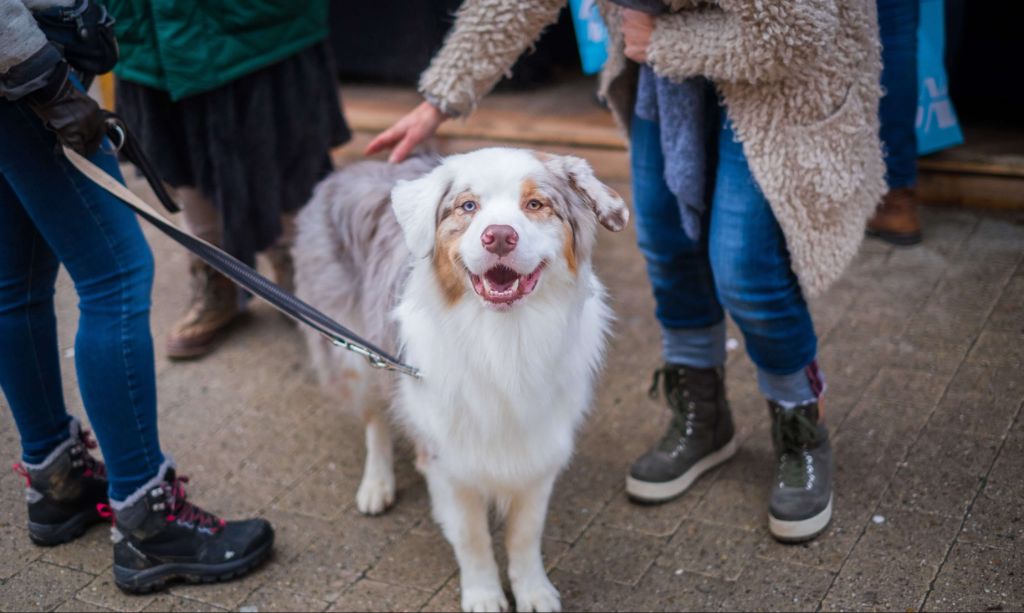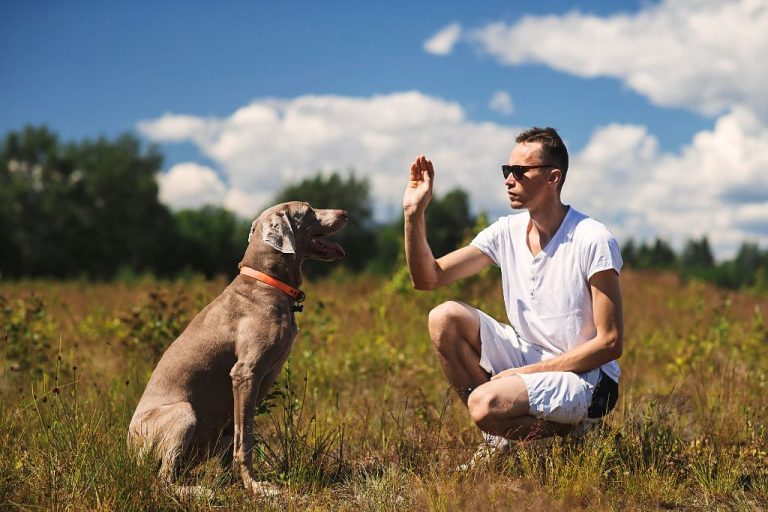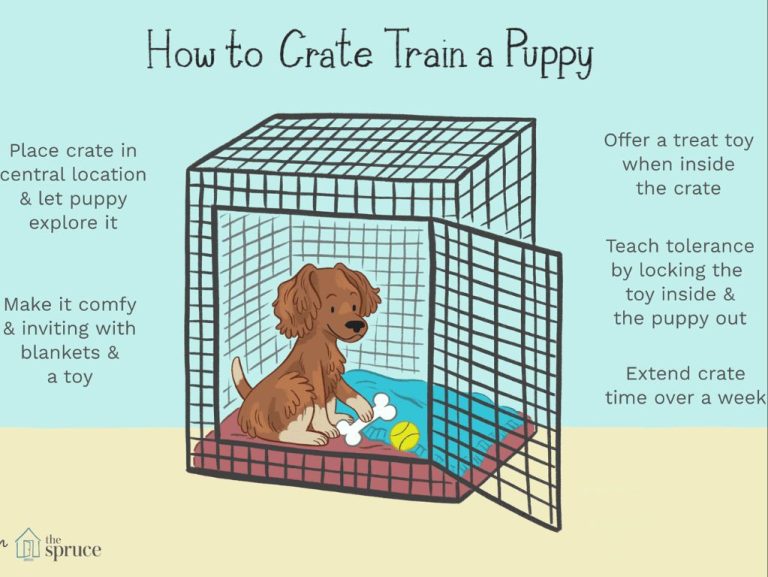A Beginner’S Guide To Understanding Dog Psychology
Understanding dog psychology is crucial for building strong bonds with our canine companions and ensuring their health and happiness. Dog psychology examines how dogs think, learn, and experience emotions. It provides insights into key areas like behavior, training, enrichment, and the human-animal bond. Knowledge of dog psychology allows owners to better interpret their dog’s body language, meet their needs, resolve problem behaviors through positive reinforcement, and deepen their relationship. As science continues to reveal the cognitive and emotional complexity of dogs, an awareness of psychology aids owners, trainers, shelters, and veterinarians in providing dogs with the best care possible. Ultimately, comprehending how dogs perceive the world leads to happier and healthier canine lives (https://thedoodlepro.com/happiness-unleashed-with-dr-zazie-todd/).
History of Dog Domestication
Dogs are descended from gray wolves, and the process of domestication likely started when wolves began scavenging around human camps for scraps of food over 15,000 years ago. As wolves became less fearful of humans, some wolves were tamed and eventually bred to produce dogs. The earliest dog remains date back approximately 14,000 years ago to Europe, the Middle East, and Siberia.
Genetic studies show that dogs are more closely related to ancient East Asian wolves than other wolf populations, suggesting that dog domestication originated in southern East Asia. There is evidence that the first dogs arose in Central Asia, China, and the Middle East from East Asian wolves. As human hunter-gatherers became more reliant on dogs for companionship and helping with the hunt, dogs gradually evolved into the many types of domesticated dogs we know today.
Some of the earliest evidence of dog domestication comes from a skull dated around 14,000 years ago from a Paleolithic cave site in Germany. Other remains from the Neolithic era (around 10,000 years ago) in the Middle East indicate small dogs were used for hunting and companionship during this time (Wang, 2016).
Basic Dog Behavior
Dogs exhibit a wide range of behaviors that may seem peculiar to us humans. However, most dog behaviors have an underlying cause or function. Understanding common dog behaviors can help owners better relate to their pets.
One of the most common behaviors dogs engage in is chewing. Puppies explore the world through their mouths and retain this tendency into adulthood. Chewing allows dogs to relieve boredom and anxiety. Providing appropriate chew toys can satisfy this need for mental stimulation. Excessive chewing may indicate that the dog requires more exercise or environmental enrichment. [1]
Barking is another frequent behavior in dogs. Barking serves multiple functions depending on the context. Dogs may bark due to fear, hostility, separation anxiety, boredom, or a desire to catch your attention. Effective training can teach a dog to stop excessive barking on command. Understanding the underlying cause can also help address problem barking behaviors. [2]
Digging behaviors are common in certain breeds of dogs that were historically used for hunting like terriers. However, any dog may dig holes or trenches due to boredom, prey drive, or comfort seeking. Providing an acceptable digging area outdoors can satisfy this instinct in some dogs.
Training Techniques
There are several main training techniques used for dogs. The most commonly used positive technique is positive reinforcement. This involves rewarding desired behaviors with treats, praise, toys or play to reinforce the behavior. Clicker training is a form of positive reinforcement that uses a distinct clicking device to precisely mark when the dog performs the correct behavior, allowing for clearer communication. Positive reinforcement builds a stronger bond between dog and handler compared to punishment-based methods.
While some traditional methods use corrections or punishment like leash jerks or yelling “no” to discourage unwanted behaviors, there is significant evidence that positive reinforcement training is more effective for most dogs (Types of Dog Training). Using rewards and encouragement works better than scolding or physical corrections. Training should focus on teaching the dog what to do, not just what not to do. Setting dogs up for success, being consistent, and making training fun and rewarding will yield the best results.
Socialization
Socialization is a critical part of raising a well-adjusted dog. It involves systematically exposing puppies to new sights, sounds, smells, places, people, and other animals so they become comfortable in a variety of environments. Proper socialization teaches puppies good manners and inhibits problematic behaviors.

There are sensitive periods in a dog’s development when it is most receptive to learning about the world. The primary socialization window is between 3 and 12 weeks old. During this time, puppies should be gradually introduced to many types of new experiences in a positive, controlled way. Exposing puppies to a wide variety of people, places, animals, and situations during this period will help them become confident adult dogs.
Socialization continues beyond 12 weeks, but becomes more difficult as puppies grow. If a dog misses important socialization experiences as a puppy, they may become fearful or reactive to things they find unfamiliar as an adult. While socialization is a lifelong process, the most influential period is in the first few months of life. Owners should make socialization a top priority to ensure their puppy grows into a well-rounded dog.
For more on the critical importance of socialization, see this article or this veterinary resource.
Common Behavior Problems
Dogs can develop troubling behaviors that are often signs of underlying issues. Here are some of the most common dog behavior problems owners may encounter:
Separation Anxiety
Separation anxiety is one of the most common behavior issues in dogs. Signs include barking, whining, chewing, inappropriate urination/defecation, and other destructive behaviors when left alone (Source). To treat separation anxiety, dog owners can try tactics like crate training, desensitization training, providing mental stimulation, and medication in severe cases.
Aggression
Another common problem, aggression refers to any behavior meant to intimidate or harm people or other animals. It can stem from fear, possessions/territory guarding, maternal protection, or handling/restraint aversion (Source). Depending on the cause, treatment may involve behavior therapy, impulse control training, desensitization, or medication.
Fear and Anxiety
Dogs naturally feel fear in response to perceived threats. But some may develop irrational fears or phobias of things like thunderstorms, strangers, separation, or environments (Source). Counterconditioning, exposure therapy, confidence building, and medications can help fearful dogs become more secure.
Enrichment
Enrichment is a crucial part of caring for dogs and keeping them mentally and physically stimulated. Without proper enrichment, dogs can develop anxiety, boredom, and behavioral issues. Both mental and physical enrichment are important for dogs of all ages.
Mental enrichment engages a dog’s natural instincts to problem solve, forage, and use their senses. Activities like food puzzles, nosework, trick training, and hide-and-seek are great for mental stimulation. Rotate toys to keep things interesting. Interactive toys like Kongs filled with treats or food dispensing balls provide cognitive exercise.
Physical enrichment gets your dog moving and burning energy. Make sure your dog gets adequate exercise daily through walks, play time, or activities like agility, dock diving, or frisbee. Provide a variety of toys for independent play like balls, ropes, and chew toys. Allow safe exploratory behavior outdoors like sniffing, digging, and investigating.
Prevent boredom by providing enrichment throughout the day while you’re home or away. Stuffed frozen Kongs last for hours. Food puzzles and interactive feeders make them “hunt” for meals. Daycare or dog walkers can provide activity when you’re gone. The key is keeping your dog happily occupied.
For more enrichment ideas check out this article.
Body Language
A dog’s body language conveys a wealth of information about its mood and intentions. While some signals are easy for humans to interpret, like wagging tails, others are more subtle and require closer observation. Being able to “read” your dog’s nonverbal cues is an important part of building a strong relationship and understanding their needs.
A dog’s facial expressions, ear position, tail movement, and posture all communicate how they are feeling. A relaxed, happy dog will have a loose body posture with a gently wagging tail. Its eyes will be soft and ears relaxed. An anxious or nervous dog may cower with ears back and tail tucked. Aggressive dogs often stare with a stiff, upright posture. Lip curling and teeth baring are clear warnings. Understanding these signals helps owners identify issues and intervene before problems arise.
It’s important to look at the whole body and the situation for proper interpretation. For example, some dogs wag their tails vigorously when feeling threatened or aroused, rather than happy. Learning to read the specific signs of individual dogs takes time and experience.
While each dog is unique, there are some common patterns in body language all owners should know. With practice and patience, you can better understand your dog’s nonverbal communication for a smoother relationship.
For more detailed illustrations of dog body language, see this reference from the American Kennel Club: https://www.akc.org/expert-advice/advice/how-to-read-dog-body-language/
Aging Dogs
Just like humans, dogs go through many changes as they enter their senior years. According to the American Veterinary Medical Association, dogs are considered senior starting at around 7 years old for larger breeds and 10 years old for smaller breeds. Some of the common changes that occur in aging dogs include:
– Decreased mobility and joint stiffness. Many senior dogs develop arthritis which can make it painful to walk, climb stairs, or jump up on furniture. Providing ramps, orthopedic beds, and administering joint supplements can help improve mobility.
– Increased sleeping. Senior dogs tend to sleep more during the day as their energy levels decline with age. Ensuring they have a comfortable place to sleep undisturbed is important.
– Cognitive dysfunction. Some dogs develop canine cognitive dysfunction as they age which is similar to dementia in humans. Signs include confusion, anxiety, and changes in sleep patterns. Providing mental stimulation through play, training, and social interaction can help slow cognitive decline.
– Changes in appetite and digestion. Some aging dogs experience a decreased appetite. Feeding smaller, more frequent meals with high-quality senior dog food can help ensure proper nutrition. Constipation is also common and adding fiber supplements or canned food to their diet may help.
– Vision or hearing loss. Senior dogs often begin to lose eyesight and hearing as they age. Keeping their surroundings consistent, using hand signals for training, and speaking clearly can help accommodate sensory decline.
With the proper care, many dogs can live happily into their late teens. Providing orthopedic beds, ramps, soft food diets, maintaining dental health, administering joint supplements, keeping up with vet visits, and adapting their exercise routine are all important for caring for an aging dog. While a slowing down is inevitable, focusing on keeping senior dogs comfortable, enriched, and pain-free can go a long way in their golden years. (Source)
The Human-Dog Bond
The bond between humans and dogs is unique in the animal kingdom. Dogs were the first animals to be domesticated by humans, with evidence suggesting this happened over 15,000 years ago (1). This long shared history has led to an incredibly close relationship between our two species.
Research shows there are many benefits to the human-dog bond. Dog owners have lower blood pressure, lower cholesterol, and lower triglyceride levels than non-dog owners (2). Dog ownership is also linked to decreased levels of cortisol, the stress hormone. Interacting with dogs has been found to increase levels of oxytocin, serotonin, prolactin, and dopamine – all hormones associated with bonding and pleasure.
Additionally, children who grow up with dogs have stronger social skills and more empathy. Dogs can provide companionship for elderly adults and those living alone. And service dogs perform invaluable roles helping people with disabilities.
The bond between humans and dogs is mutually beneficial. Dogs get food, shelter, healthcare, and affection from their human families. And humans receive unconditional love, stress relief, and physical and mental health benefits from their canine companions.
This ancient, profound bond between our two species is still going strong today. Humans and dogs seem destined to live and thrive together thanks to our complementary natures and deeply intertwined histories.
(1) https://therapydogs.org/news-articles/benefits-therapy-dogs/human-dog-bond/
(2) https://m.facebook.com/1439364926329185/photos/a.1445161349082876/3200595203539473/






